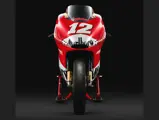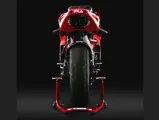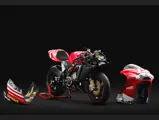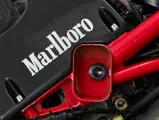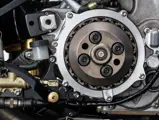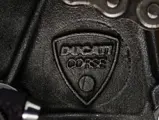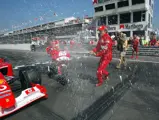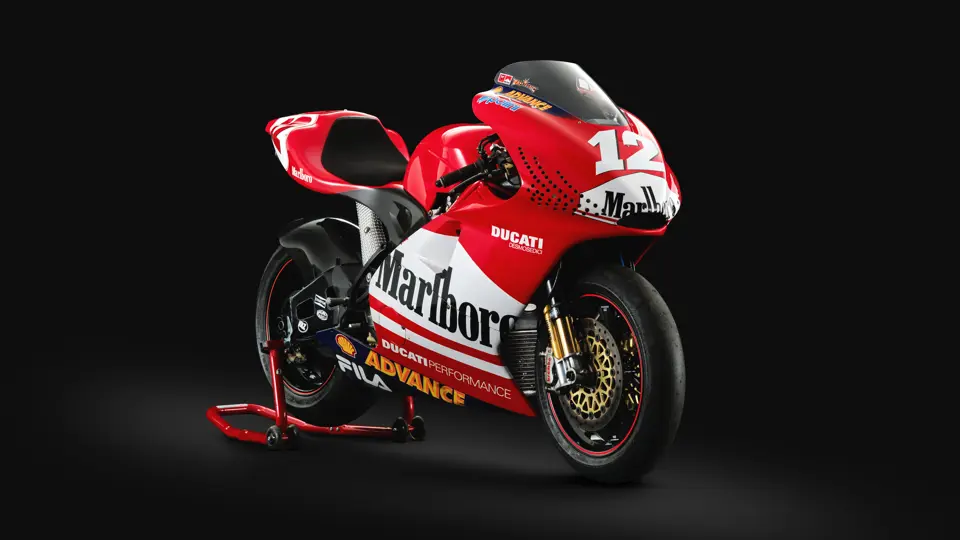
2003 Ducati Desmosedici GP3
{{lr.item.text}}
£395,000 GBP | Asking
{{bidding.lot.reserveStatusFormatted}}
- One of a handful of GP3 Ducatis built for the Italian Manufacturers’ Debut MotoGP season in 2003
- Used by Troy Bayliss during the 2003 season, including at his podium-winning weekend at the German MotoGP in July
- Featured in August at the Marlboro Masters Event, alongside Felipe Massa and Scuderia Ferrari’s F2003
- Acquired directly from Ducati in late 2003 and part of a prominent collection since February 2010, when bought from the first owner
The Ducati GP3 established Ducati as a powerhouse in Grand Prix racing, leading them to surpass 100 MotoGP victories in the sport during the latter half of the 2024 season, so this motorcycle was the pivotal foundation to Ducati’s entire Grand Prix racing storyline. The GP3 stunned the world with its looks, sound, and sheer speed as it led the first-ever lap of its first-ever race—something no other manufacturer has ever done on its debut in the highest form of motorcycle racing and took Ducati to the runner up spot in the 2003 Constructors’ World Championship. They took a total of nine podiums including a victory during that first season.
Unveiled to the world with World Champions on board in the shape of Loris Capirossi and Troy Bayliss, their rider lineup could not have been stronger as they rolled out for pre-season testing at Barcelona in 2003, soon putting a line in the sand as Capirossi hit 202 mph on his way to beating the pole position and race lap record time from the previous season. It was impressive stuff to the world and a huge shot across the bow of every other team up and down the pit lane for here was a team who had done their finest work through an intense development programme throughout 2002 at the Bologna base of Ducati Corse and the glorious Mugello test track, having announced the Ducati Grand Prix project at Mugello in 2001.
MotoGP was launched to the world in 2002 as the replacement for the 500 cc two-stroke era where 990 cc four-stroke engines were permitted in any configuration up to six cylinders. It was an entirely new class of racing so manufacturers tried straight four, V4, and V5 engine layouts but with Ducati’s experience running V-Twins in World Superbike, their choice of V4 was the most logical step forward into the world of MotoGP that was exponentially growing with its link to Formula 1 engine tech, the rise in popularity of Valentino Rossi and then the arrival of Ducati into the sport—the Ferrari of two wheels.
Ducati had hired Alan Jenkins from Formula 1 to perfect the aero and packaging of the bike, Marlboro had committed with their sponsorship budget, but more importantly, the entire factory was behind the project from day one, for this was Italy battling the world, not just Ducati.
The Ducati GP3 weighed just 148 kg, had 230 horsepower, hit over 200 mph, and would wheelie in every gear if any mere mortal dared to ride it at full speed. The 990 cc V4 engine was set at a 90-degree V angle and so had good balance too. Traditional valve gear was a desmodromic system that opened and closed the valves mechanically through a rocker system to ease the path of the engine towards 16,000 rpm or 266 revolutions of the crankshaft every single second.
Desmodromic valves were a selling point to link the project directly to the exquisite Ducati road bike lineup as Ducati owners were huge fans of the brand and not just the road bikes on offer at the dealerships. This was a straight decision made by Ducati management even though the engine had been developed through Piero Ferrari’s High Performance Engine facility that had experience with the 1995 V-12 Ferrari F1 engine that was 249 cc for each cylinder and thus very close to what was needed in MotoGP with 247.5 cc per cylinder.
To put the GP3’s numbers into perspective for a moment, a 2023 VW Golf GTi weighs more than ten times the weight of the Ducati MotoGP bike with about the same power.
Trackside, the noise of MotoGP in this year was genuinely unbelievable with a decibel limit set to 130 dB, similar to standing underneath a jet at takeoff or the sound made by a jackhammer, yet this came from twenty-five motorcycles all at once. At places like Le Mans and Barcelona with huge grandstands opposite the pits, the noise was painful to many people as the sound bounced off the structures in its violent struggle to escape as the bikes passed by at top speed.
Troy Bayliss was not only recognised as a classy World Superbike Champion with Ducati, but a rider who would extract every single thousandth of a second from any motorcycle he rode in anger to make the ultimate duo; an almost self-possessed rider riding a MotoGP bike with over 230 horsepower that would hit over 321 km/h (200 mph).
Indeed, such was the sheer physical effort to ride a MotoGP such as this, Bayliss would wear out the soles of his Dainese boots in just one weekend as he stood on the foot pegs in order to turn the bike into corners. The GP3 was beautiful and graceful when stationary but a sinister animal when at speed.
Such was the unwavering focus on power and speed by the engineers, the GP3 ran at temperatures akin to an oven but as all true racers have embedded into them there was a ‘win at all costs’ once the lights went out. “We both got blisters on the back of our legs and our backsides as during the race you’d look down and see the water temperature at 140 degrees Celsius. It was just mad. It was absolutely like being in an oven every time you got on it but when it was a really hot day at Malaysia it was unbearable. In fact, your left hand got burnt too as there was a part of the radiator up near there that area so that got fried as well”. Bayliss said.
Bayliss achieved a fifth and a fourth place and hit the podium in his opening three races of the MotoGP season next returning to taste the podium champagne in Germany, followed with the same result at Brno in the Czech Republic a mere 0.668 of a second off the win.
The Ducati GP3 on offer here was used by Troy Bayliss during the German MotoGP podium-winning weekend over 25, 26, and 27 July 2003. On his first-ever visit to the Sachsenring circuit he fought tooth and nail to finish in third position, confirming that he was continuing to master MotoGP. Still retaining its scrutineering sticker fitted during the German MotoGP weekend, the bike was bought from the factory in late 2003 and acquired by the current vendor from its first owner in early 2010. In fully branded Marlboro livery bodywork, this Ducati GP3 represents what it looked like in races where full branding was allowed, such as the season opener in Suzuka, Jerez, and Mugello and at the Marlboro Masters weekend, which followed the German GP.
This motorcycle is also not just the basis for Ducati now surpassing 100 wins in the modern MotoGP era, but the foundation of Ducati winning every race but one (at the time of writing) in the 2024 MotoGP season with 17 wins from 18 Grands Prix.
Moreover, this is a motorcycle from the very pinnacle of a prototype formula that may never be repeated due to the relentless race for power and the still rudimentary electronics to handle such output from the V4 990 cc engine. This was an era akin to the 1.5-litre turbos of 1988 in F1 and the Group B rallying era of 1986.
A remarkable motorcycle ridden by one of the greats of motorcycle racing across World Superbike and MotoGP racing, the Desmosedici GP3 is a spectacular piece of engineering that is a beauty to behold both when static and at speed.
For more information, visit: https://www.ducatigp3.com



This site is protected by reCAPTCHA and the Google Privacy Policy and Terms of Service apply.

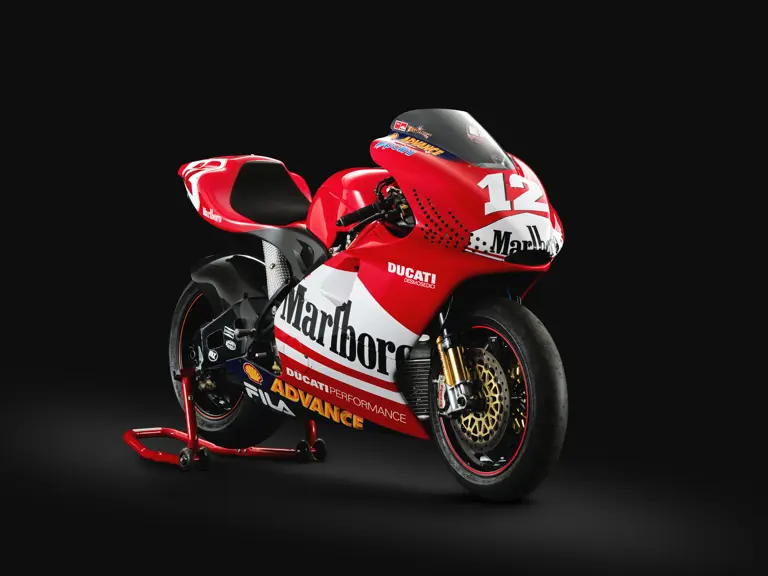
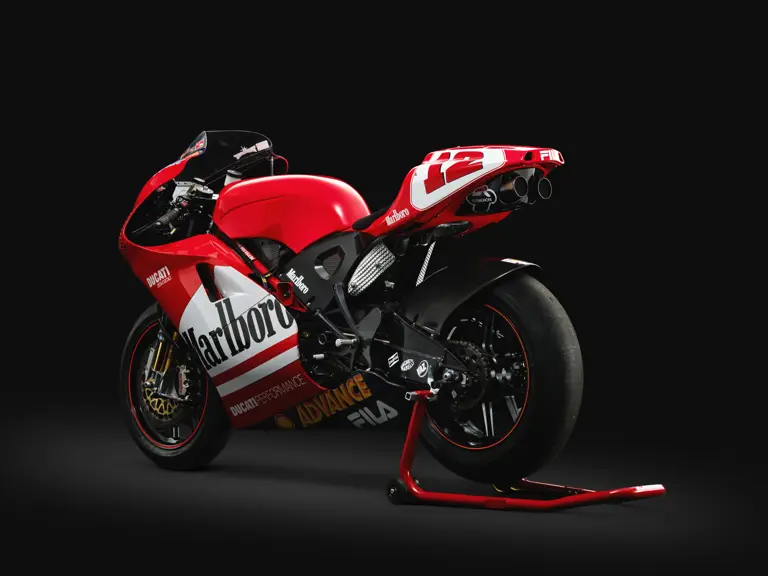
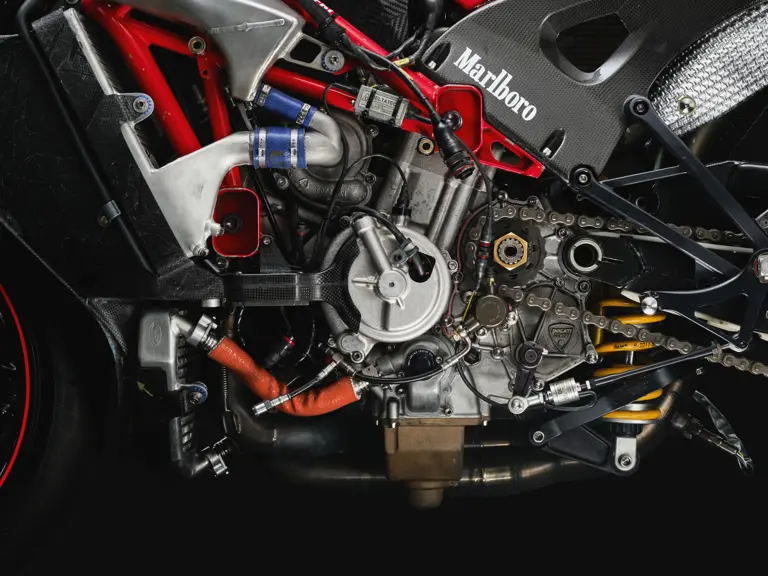

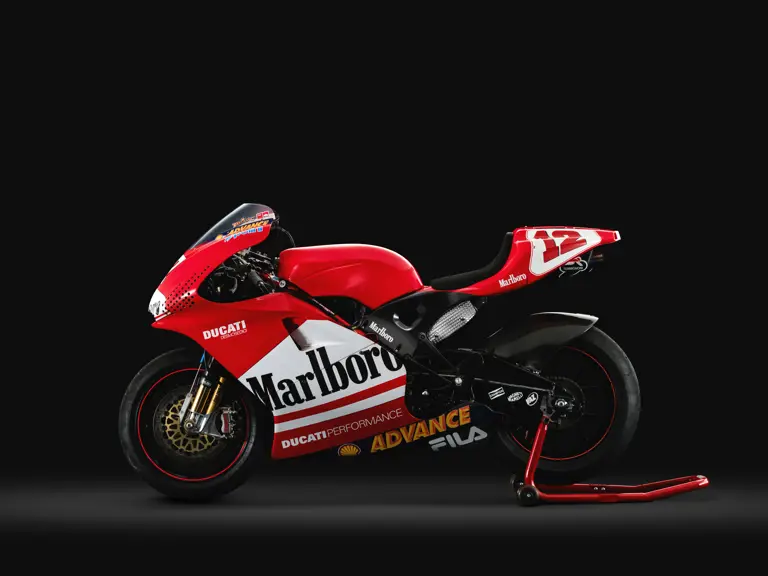
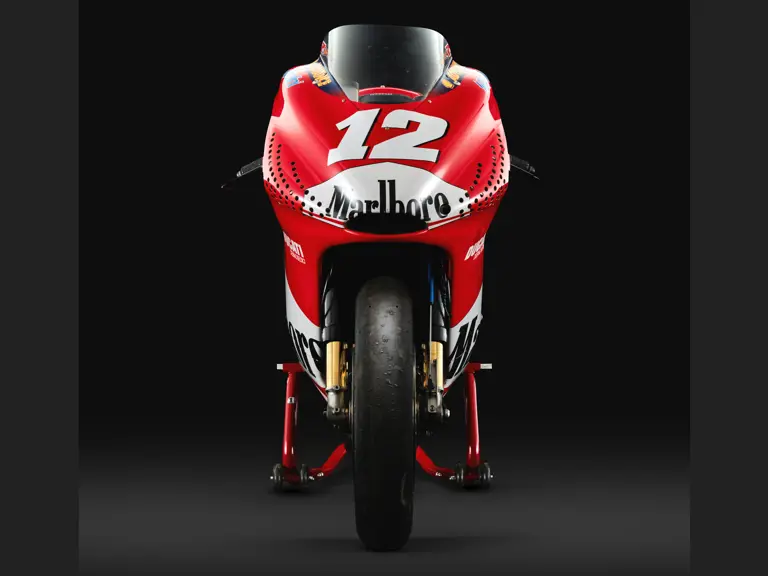




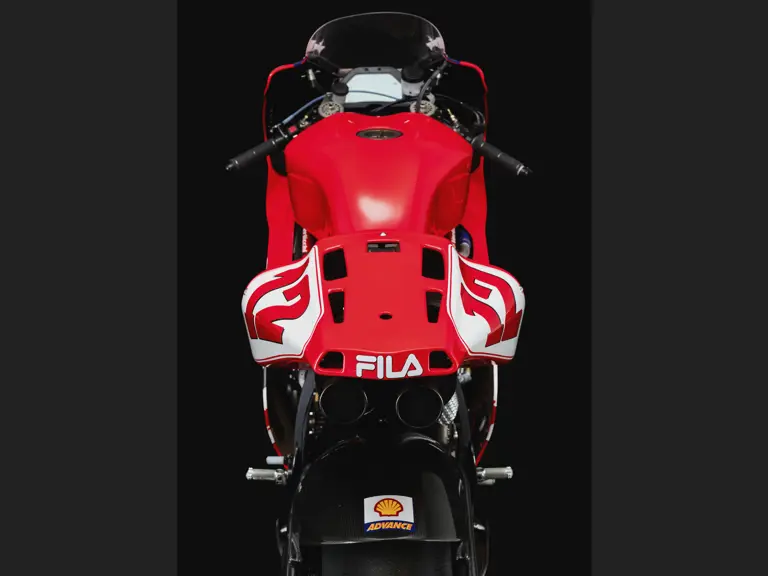

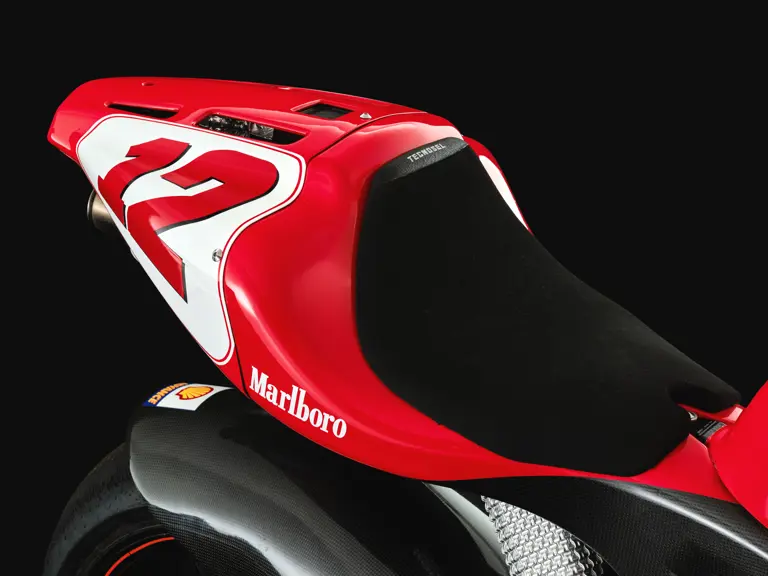
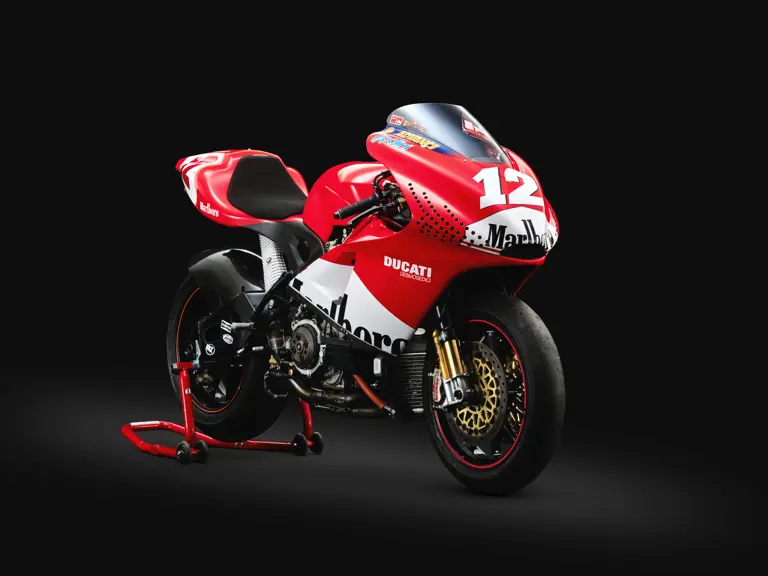
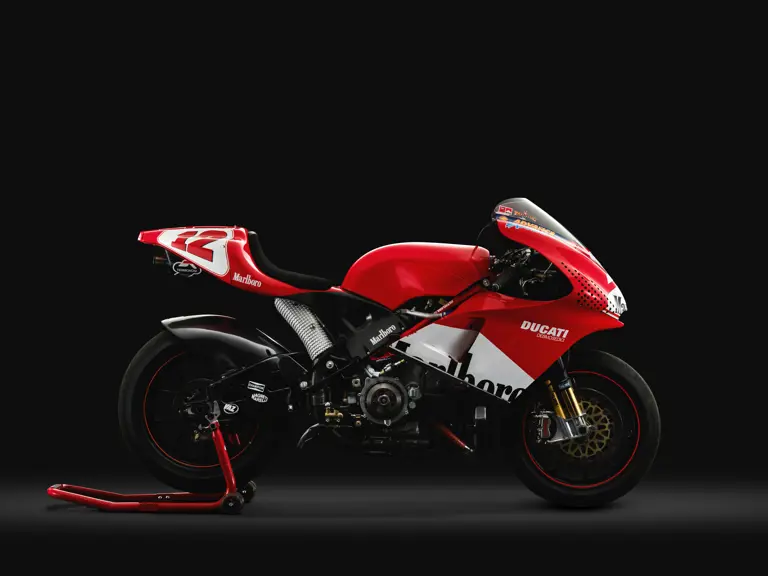





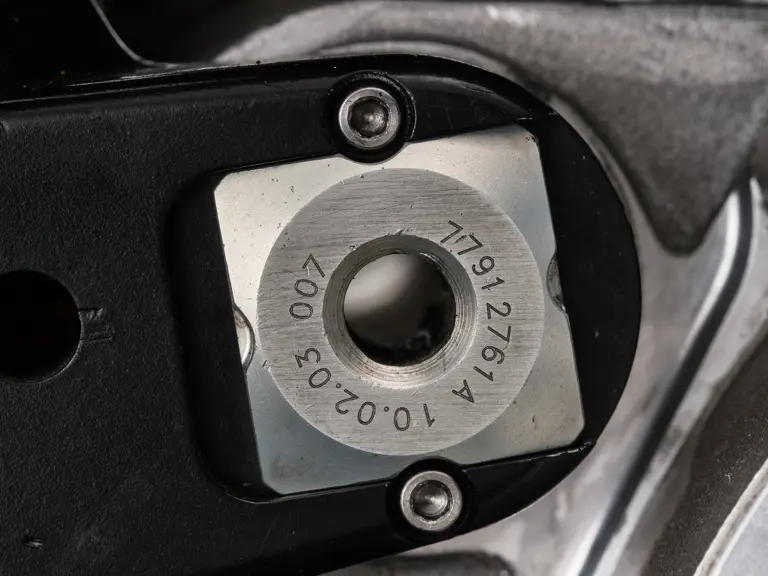







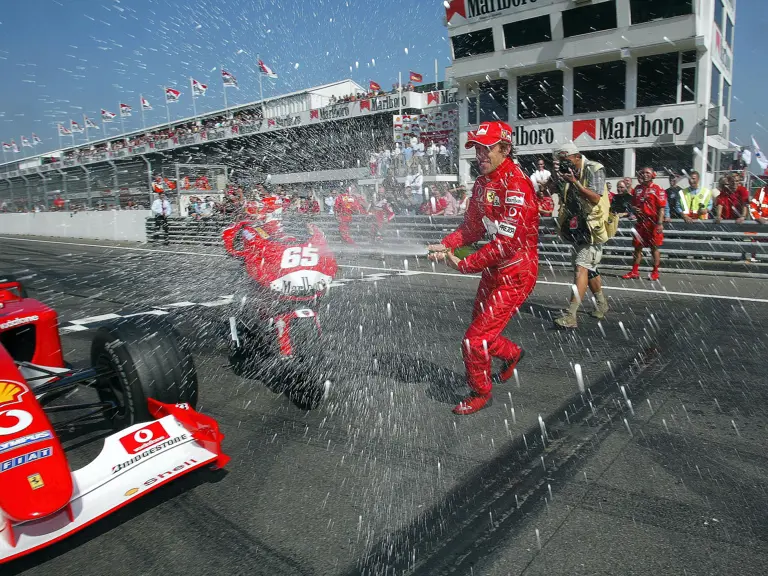

 | London, United Kingdom
| London, United Kingdom




